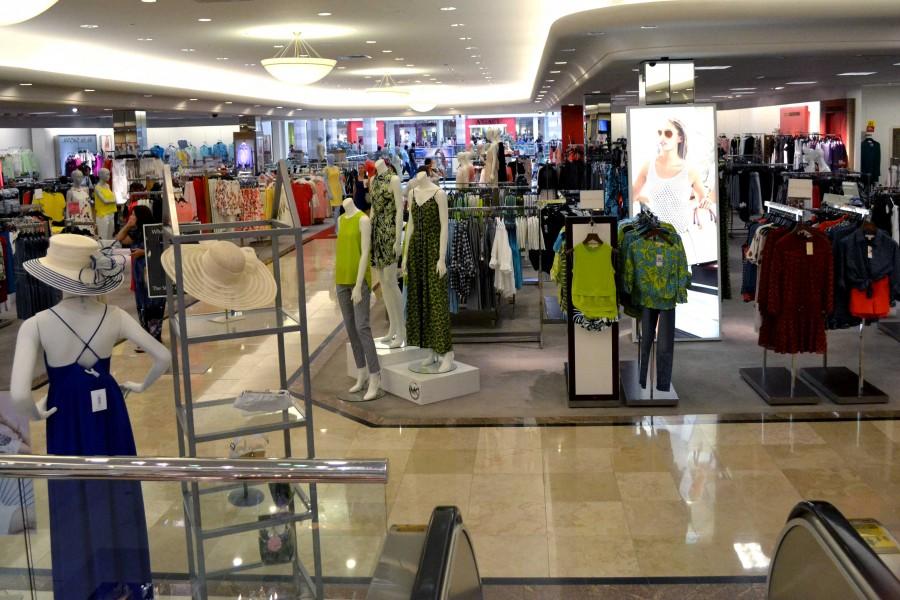Shopping addiction, also known as compulsive buying disorder, has been an area of interest in recent years.
For many, shopping is a harmless leisure activity, but it can also be an uncontrollable urge related to obsessive-compulsive disorders.
Regardless of need or financial means, shopping addiction is found to be difficult or even impossible to quit.
Veronica Viani, intake specialist and health specialist coordinator for El Paso Drug Treatment Centers, said most addictions vary according to each individual’s situation.
“Addiction is caused depending on the patients’ specific situation, but the most common occurrences are caused by depression, anxiety and mental illness,” Viani said.
Shopping addiction is frequently linked with mood swings and anxiety, which leads to the compulsion to spend money. It affects 6 percent of the U.S. adult population and most are women.
“We don’t have an exact amount of statistics given that most people don’t like to admit to a problem they may have and because their information is confidential,” said Viani. “ It’s difficult to keep track of those rates, especially success rates.”
Uncontrollable spending has been linked to experiences early in life, such as parental neglect or a traumatic event that may have occurred.
People who experience these life events at an early age, often feel a sense of emptiness, which results in a dependence on material objects for emotional support.
Withdrawal symptoms may vary from person to person, but many shopping addicts will experience withdrawal symptoms that are similar to these experienced by people who are addicted to drugs or alcohol.
Possible treatment involves becoming conscious of the addiction and admitting to the problem in order to have an effective and successful outcome.
With companies offering products as narratives to identify with in their advertisements, compulsive spending may seem like something consumer culture demands from people.
Brenda Robles, senior speech-language pathology major, said shopping has helped lighten up her mood on a bad day, but said she wouldn’t call it her go-to remedy for every negative occurrence.
“I shop when I feel I’m deserving of something or for a special occasion. I don’t get a sense of euphoria over it, but I can understand how it helps ease the mind after a bad experience because it takes your focus away from the situation,” Robles said. “I think shopping can always help lighten anyone’s mood and can be seen as a therapeutic activity-retail therapy.”
Viani said shopping addiction is just a leisure activity that individuals use to manage their emotions or express their self-identity, as it can be seen as a moral issue rather than one that needs medical treatment.
The creation of a psychiatric condition such as compulsive buying has been controversial.
Research on shopping addictions has not revealed any conclusive evidence on which sort of pharmaceutical drugs would be the most helpful in treating this issue, as it is not formally recognized by the medical establishment.
However, many “shopaholics” have been able to successfully treat their addictions by turning to anti-anxiety medications or even antidepressant medications.
“When searching for a recovery program, you should try to find a recovery program that can address all aspects of your addiction,” Viani said.
Celeste Schultz, sophomore early childhood education major, does consider herself to be an impulse buyer and only purchases items when she can afford it.
“I am a major online shopper and like to splurge occasionally on purchases that I can afford. I try to stay away from shopping if I’m in a bad mood, unless I know exactly what I want,” Schultz said. “My shopping impulses only occur when I’m in a good mood and have the extra money to spend.”
Valerie Herrera may be reached at [email protected].










